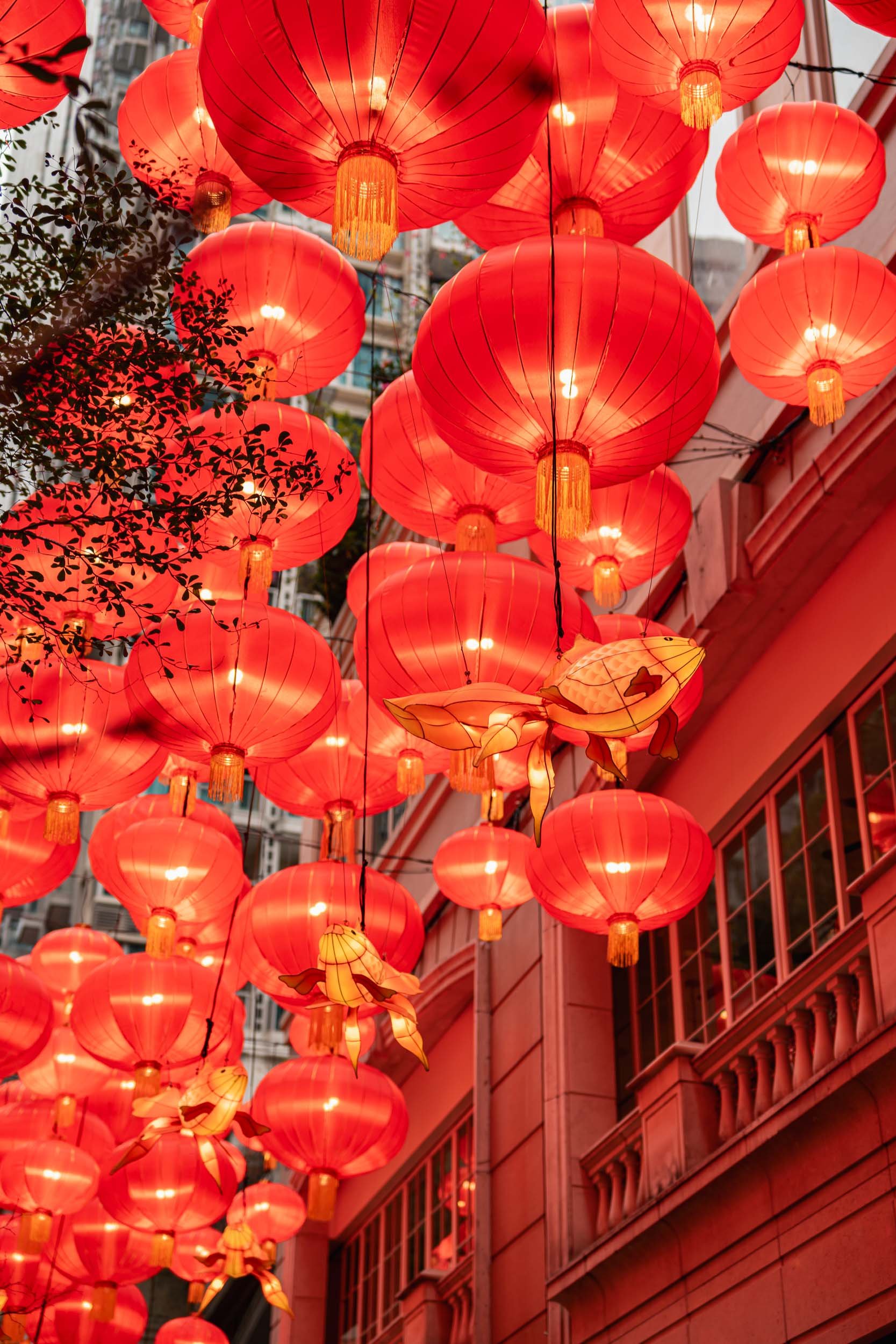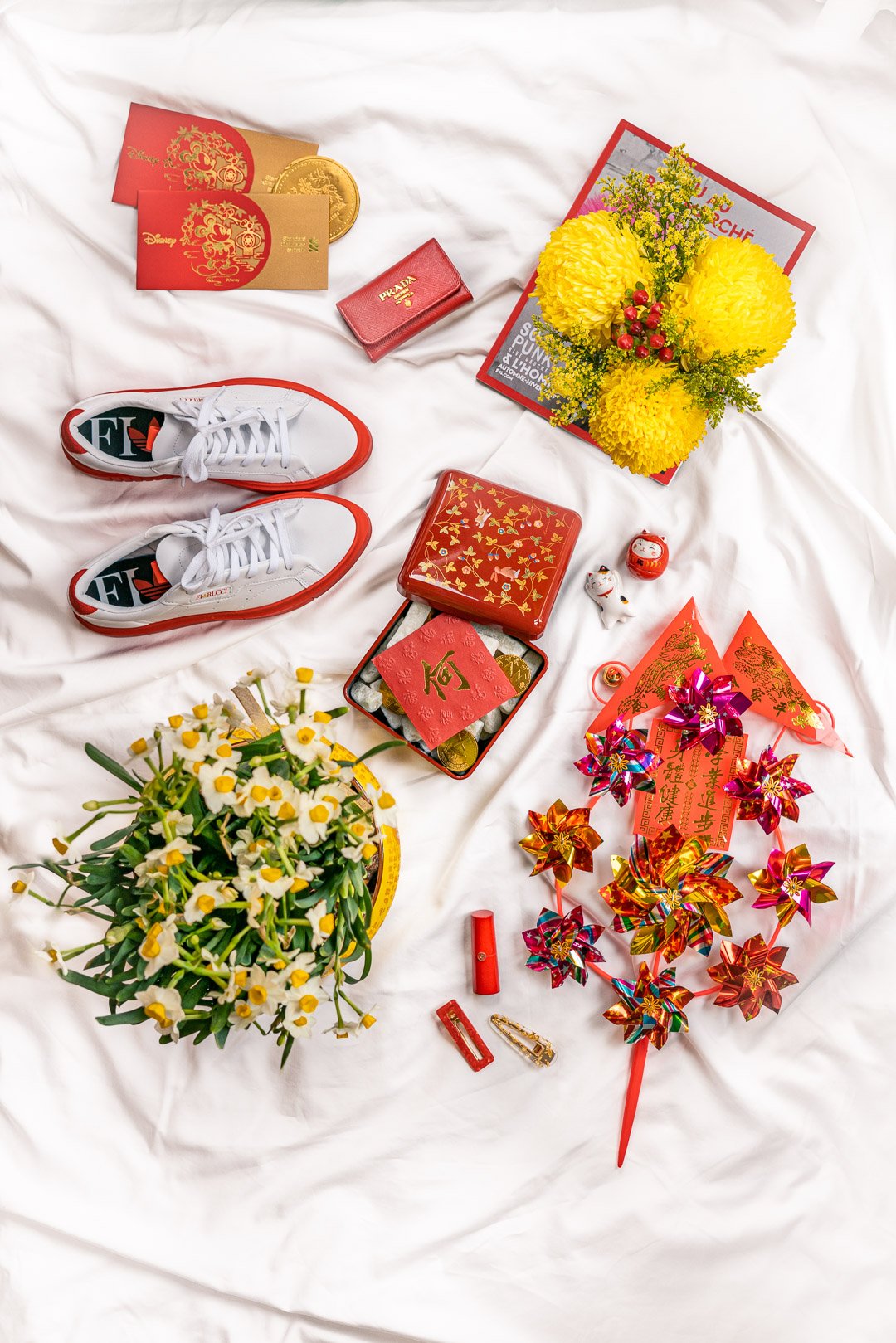Cracking Art at Harbour City: Supersized Animals for Environmental Conservation
Waddle you think my plastic friends have been up to recently?
A while back, we popped by Harbour City to check out the oversized animal sculptures by the Cracking Art. It’s the Italian group’s 30th anniversary and their debut exhibition in Hong Kong.
Born in 1993, the Cracking Art movement aims to instil environmental awareness with fun, supersized installations. Their playful nature is aptly encapsulated in wordplay: ‘cracking’ is simultaneously the breakdown of art and, on a more fundamental level, the catalytic cracking process that converts crude oil into plastic.
The sculptures are created using industrial techniques of rotational and blow moulding to reduce material usage. The plastic is regenerated, too, with installations occasionally shredded after use and recreated into new sculptures that close the loop. The fact that animals are sculpted from plastic is an ironic way to highlight and explore the relationship between organic and synthetic.
Cracking Art has exhibited in over 300 global cities, with locations ranging from more traditional art spaces to everyday, communal places. Each site is unique, and thus, each installation is bespoke. Sometimes, exhibitions are referred to as “invasions”, as the installations occupy a public space, not unlike how plastics flood into our oceans.
These supersized, out-of-place and boldly coloured sculptures are designed to create a sense of wonder while disrupting how viewers typically engage with their surroundings. It’s a clever and unpretentious way to draw attention to environmental conservation. By encouraging interaction with the sculptures, the movement invites a different view on urban settings and leverages the power of social media to initiate conversations. (Even before the digital age, there was a firm reliance on word of mouth and traditional media.)
Most of Cracking Art’s sculptures are released in limited and numbered editions. Don’t be fooled by their harmless looks – a single penguin costs over USD 4,000. But true to their cause, Cracking Art offers rental options that give fluidity to the movement and impact different communities without waste.
The 14 animal species in the Cracking Art collection were all chosen for their symbolism and ties with the environment, 8 of which were featured in Harbour City’s exhibition:
Beagle – the social dog breed that has become a victim of animal testing, a homage to the animals that have undergone suffering inflicted by humankind
Bear – inspired by a shooting incident, bears represent an ambivalent relationship with humans, who adore teddy bears yet fear wild bears
Crocodile – one of the oldest creatures on Earth, with metaphoric symbolism to fantasy tales and the superficial sympathy (“crocodile tears”)
Elephant – a symbol of strength and memory, depicted in a pushing motion to represent the importance of understanding history by coming into physical contact with it
European Cat – an intelligent and adaptable animal reminding us that nature can never be wholly domesticated
Penguin – a sufferer of global warming, constantly at the mercy of human progress
Rabbit – a metaphor for fecundity that, if gone uncurbed, may, in turn, endanger the environment
Sea Turtle – a symbol of wisdom as another oldest creature on Earth, its distinctive unhurriedness contrasts technology and the world we live in
Over 90 animal sculptures were displayed across the gigantic shopping mall, all incredibly hard to miss with their bold primary colours. I found Cracking Art to be, quite frankly, an unconventional choice for art installation in Hong Kong. First of all, many local exhibitions are nowhere near “tasteful”. It’s less about the art itself but how the collection was curated and integrated into the exhibition space. Not to mention that most local exhibitions come with a hefty price tag and are cordoned off with ugly red signs screaming “Do not touch”. To sit quietly alongside the outdoor sculptures and take in the Victoria Harbour at my own pace? Now, that’s a genuinely refreshing experience.
If you’re looking for a permanent exhibition, check out the Kampa Museum in Prague, which houses a contemporary art collection, including a charming line of yellow penguins out by the river.
Related Posts
















